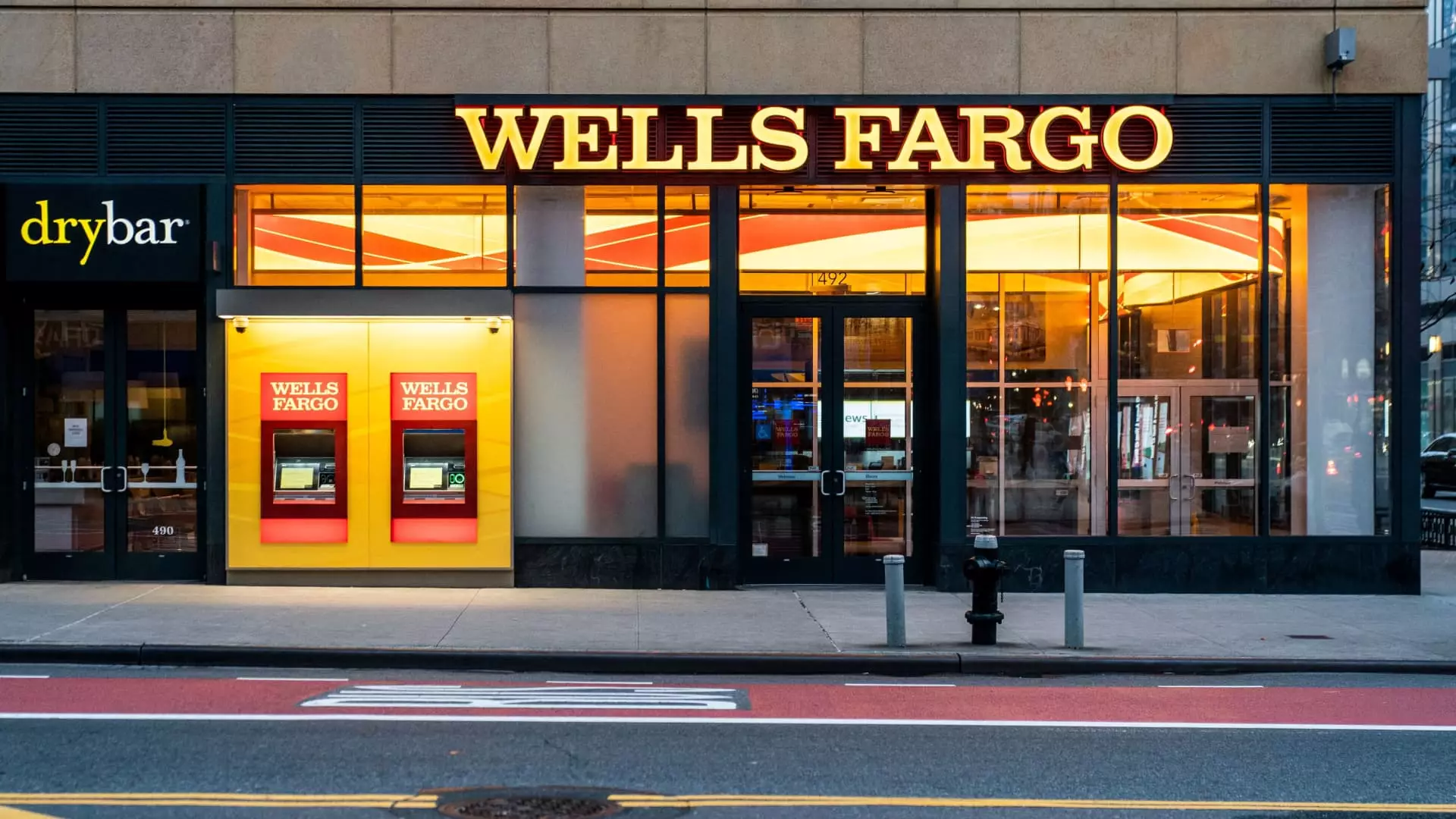Wells Fargo found itself in troubled waters recently as the financial titan released its quarterly earnings report, undershooting analysts’ expectations on crucial financial metrics. The major banks of America are often seen as barometers of the economy, but the latest figures coming from Wells Fargo paint a concerning picture for the financial landscape. The bank’s revenue clocked in at only $20.15 billion, falling short of the predicted $20.75 billion, a stark reminder that even the largest institutions are not immune to economic headwinds. An unexpected decline in net interest income, plummeting to $11.50 billion—a substantial 6% drop compared to the same period last year—serves as an alarming indicator of the bank’s current operational struggles.
Net Income Gains Yet Revenue Declines
Even amid declining revenue, it’s intriguing to note that Wells Fargo posted a net income of $4.89 billion, a 6% increase from $4.62 billion. This counterintuitive outcome raises questions about the sustainability of the bank’s operational efficiency amid declining revenue. The adjusted earnings per share of $1.33 beat Wall Street’s forecast, but this accomplishment was not enough to assuage investors’ concerns. What investors must recognize is that simply meeting EPS goals while revenues contract is a precarious balancing act. This presents the troubling notion that Wells Fargo is relying on cost-cutting measures and other corporate maneuverings rather than robust business growth to maintain shareholder confidence.
CEO’s Warning Amid Economic Turmoil
In light of these figures, CEO Charlie Scharf’s commentary is equally concerning. While calling for “timely resolution” on trade policies initiated under the previous administration, he acknowledges the pervasive uncertainty in the economic environment. Scharf’s remarks seem to suggest that the bank is bracing itself for a more turbulent economic future, perhaps questioning the viability of their growth strategies in an unpredictable market. Scharf’s active engagement with global trade issues is commendable, yet one cannot help but wonder if such external factors will ultimately overshadow Wells Fargo’s operational decisions.
Share Buybacks vs. Credit Loss Provisions
Adding another layer of complexity to Wells Fargo’s financial situation is its decision to buy back $3.5 billion worth of its own shares during this quarter. While stock buybacks can boost share prices in the short term, critics may argue that these funds would be better allocated toward enhancing business operations or even fortifying their reserve for anticipated credit losses. Speaking of which, the bank set aside $932 million as a provision for credit losses, a figure that raises eyebrows when juxtaposed with the buyback narrative. This could reflect the bank’s acknowledgment of looming risks—particularly in the face of economic volatility—which suggests a potential disconnect in the bank’s strategy.
Wells Fargo’s latest results are not just numbers on a spreadsheet; they are a reflection of a wider set of systemic issues that impact investors and consumers alike. In a landscape riddled with uncertainties, the choices made by Wells Fargo’s leadership will be critical as we move into an unpredictable future. It remains to be seen whether their strategies will navigate these choppy waters or if they will lead the bank further into financial turmoil.

